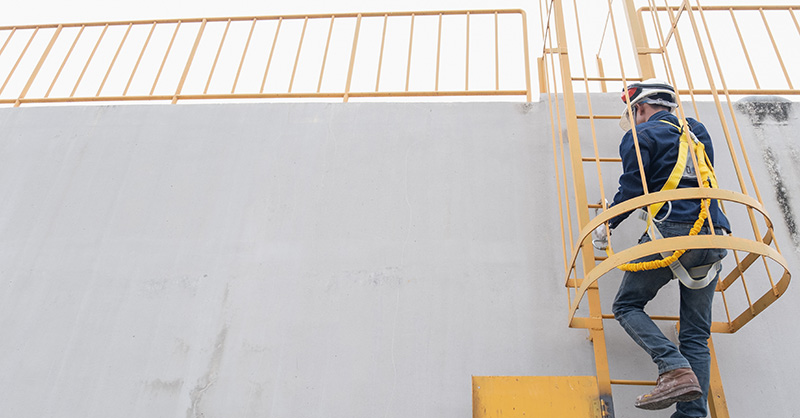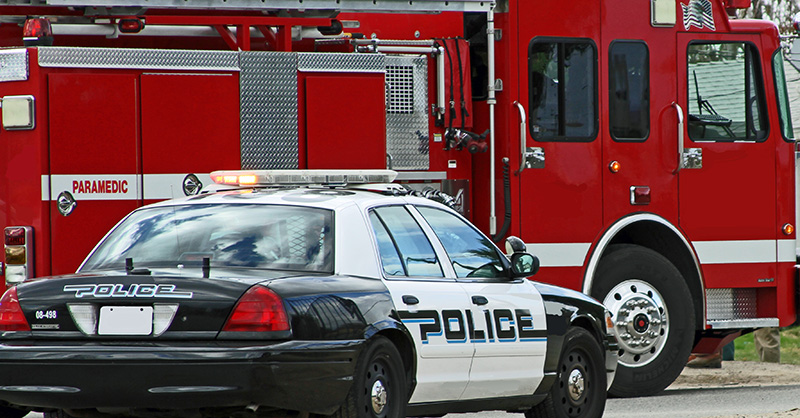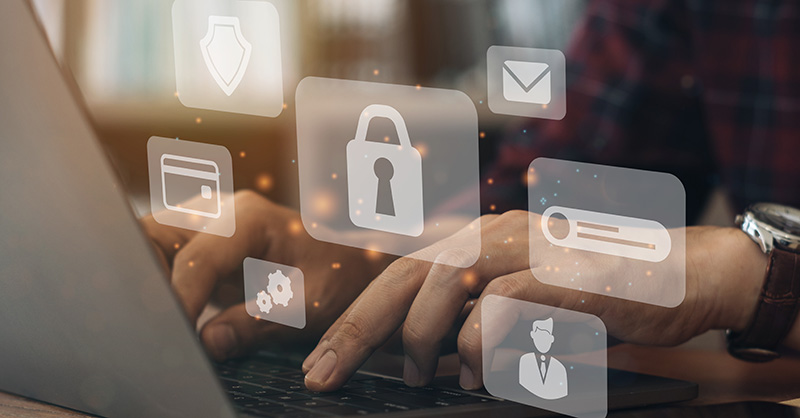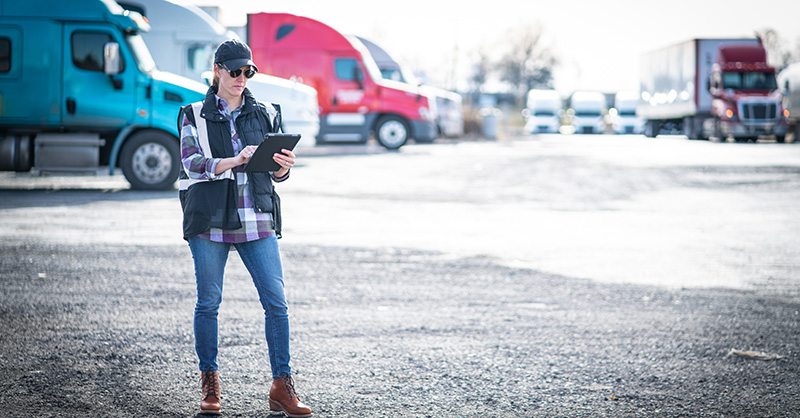Safe Drone Use for Public Safety and Government Agencies
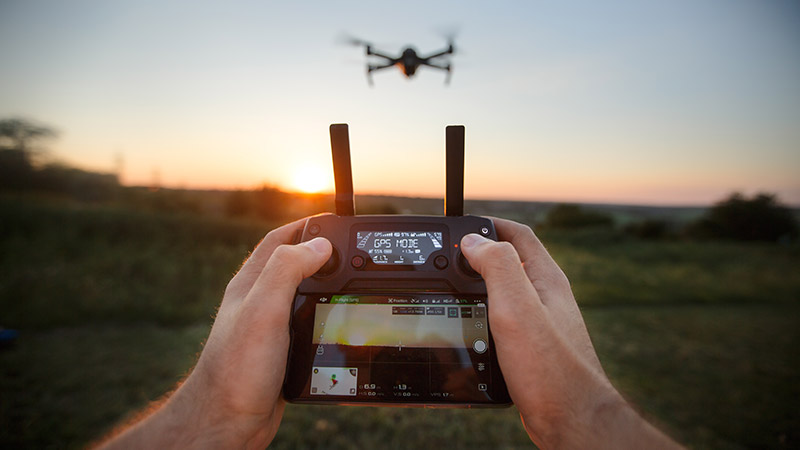
As a law enforcement and public safety professional, you should consider the following information and resources to help understand drone safety practices and regulations.
Public safety agencies are in the best position to deter, detect and investigate unauthorized or unsafe Unarmed Aircraft Systems (UAS) operations. While drones can serve as a useful tool, these agencies also have an important role in protecting the public from unsafe and unauthorized drone operations. The following information can be used to help law enforcement and public safety professionals understand safe drone operations and their authority.
On December 28, 2020, the FAA announced final rules that will require Remote Identification (Remote ID) for all drones. For implementation and deadlines, click here.
Drones in Public Safety: A Guide to Starting Operations
Law enforcement and public safety agencies are realizing the potential of using drones to enhance their missions. Some agencies choose to hire drone pilots certified by the Federal Aviation Administration (FAA) to conduct operations for them. But if your agency wants to conduct its own drone operations or create a program with multiple pilots and drones, this information will help get you started.
Your agency has options to operate drones:
- Designate individual members of your team to earn FAA drone pilot certificates and fly under the small Unarmed Aircraft Systems (sUAS) Rule requirements.
- The sUAS Rule
Most drone pilots operate under the sUAS rule, which is commonly known as Part 107 after the designated section of the federal code. Part 107 defines requirements for drone pilots and drones, and it sets operational limits for drone usage. Some of these parameters include an overall weight limit (55lbs), restrictions on flying more than 400 feet above ground level, special authorization required for use near airports with Low Altitude Authorization and Notification Capability (LAANC), as well as permissions to fly over people or at night. Each pilot needs an airworthiness certificate to fly and register each aircraft with the FAA. For more information, visit faa.gov.
- The sUAS Rule
- Receive an FAA Certificate of Authorization (COA) to function as a “Public Aircraft Operator” that can self-certify its drone pilots and drones.
- Public Aircraft Operator
Rather than the sUAS Rule above, your agency may choose instead to request a COA (Certificate of Authorization) from the FAA to become a public aircraft operator. This would allow your agency to self-certify your drone pilots and drones for flights to perform governmental functions. The first step is asking your legal department to draft a Public Declaration Letter that certifies your agency as a governmental entity and send it to the FAA. The FAA will send you a user ID and password to the UAS COA Online Application System, where you can complete your application. This process can take up to 60 days. Please click here for more information about the COA process.
- Public Aircraft Operator
Emergency Authorization and Operations
To support emergency responders and other entities affiliated with them, the FAA can quickly issue authorizations for responses to natural disasters and other emergencies. For more information, please find the Emergency Situations page of faa.gov.
Understanding Your Authority: Handling Sightings and Reports
Federal Aviation Regulations prohibit the unsafe or unauthorized operation of an aircraft, including drones. Unsafe operations may result in substantial civil penalties and possible action against an operator's FAA-issued certificate or may be subject to a criminal response by law enforcement per local laws and ordinances. As a law enforcement officer, you are often in the best position to deter, detect and investigate unsafe or unauthorized drone operations. Watch this video from the FAA and read the Law Enforcement Guidance For Suspected Unauthorized Operations, published by the U.S. Department of Transportation and the FAA.
Registration Information
All drones over .55 pounds must be registered with the FAA before taking flight. Law enforcement and public safety officials may ask drone operators for registration documentation.
Handling Complaints Involving UAS
When responding to complaints about a drone, there are several things to consider. Law enforcement officers should focus on the underlying activity in drone complaints – If you take the drone out of the incident, you can apply preexisting law to infractions committed (i.e., reckless endangerment, voyeurism or harassment).
First, locate the drone operator and determine the type of operation they are performing (i.e., hobby/recreational, commercial or public use) by objectively assessing the situation and talking to the operator. Then you should determine what level of law enforcement action is required. It may involve a violation of FAA regulations and/or state/local laws. Violations can include operating an aircraft without registration or airman certification or operating an aircraft in an unsafe manner to endanger persons or property.
The FAA's Law Enforcement Assistance Program (LEAP) is your point of contact for federal, state, local, tribal and international law enforcement agencies in matters of organized crime, drug trafficking, criminal violations and threats to the national security involving U.S. registered aircraft and FAA certificate holders. Click here for additional information.
Law Enforcement Checklist
The FAA's UAS Law Enforcement Pocket Card helps you identify the necessary steps you need to take to respond to a situation involving a drone or UAS. The pocket card uses the acronym DRONE for Detect, Report, Observe, Notice and Execute.
Click here to access a Law Enforcement Guidance Card for handling Drone Incidents and information on who to contact in your region.
FAA Public Safety and Law Enforcement Toolkit for Drones
The FAA Public Safety and Law Enforcement Toolkit for Drones is designed to assist law enforcement and public safety entities in operating and handling situations involving drones or UAS.
For additional Loss Control guidance, please visit the Plan & Protect safety hub.
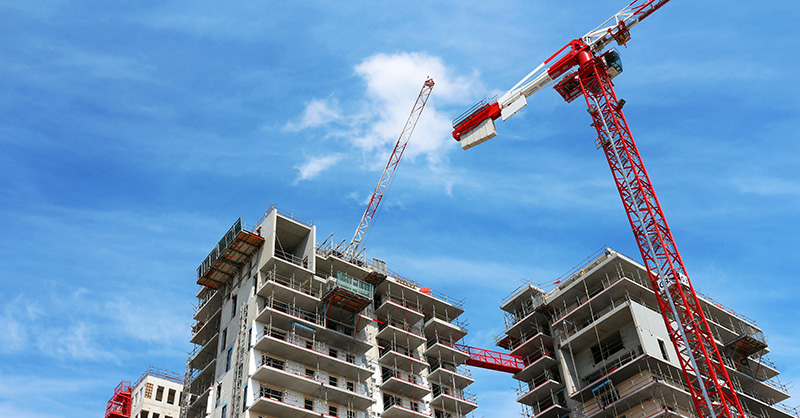
.jpg?sfvrsn=59fc2eb1_1)

